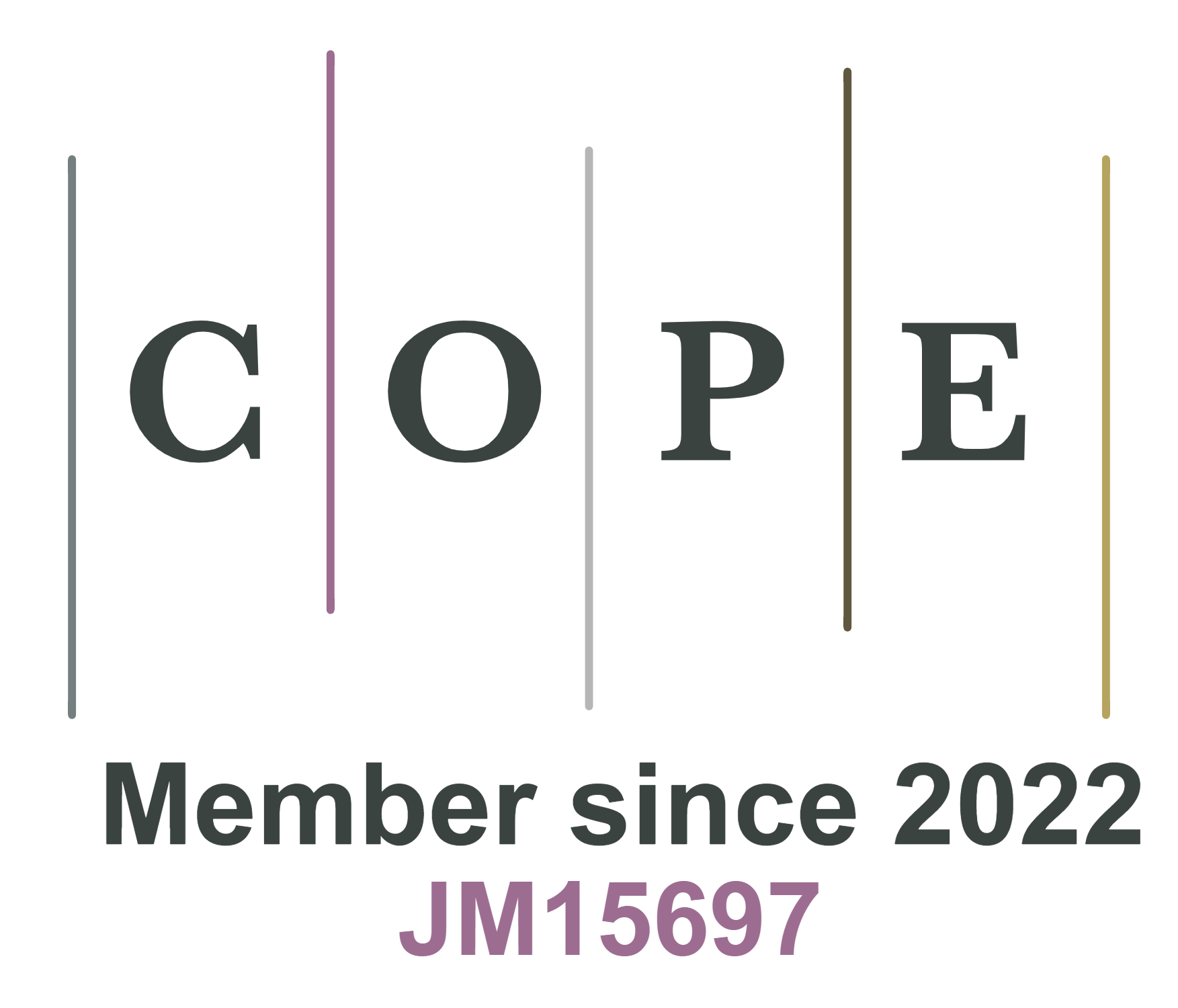REFERENCES
1. Axelsson S. Intrusion detection systems: a survey and taxonomy. Tech Rep 2000;99.
2. Bivens A, Palagiri C, Smith R, Szymanski B, Embrechts M. Network-based intrusion detection using neural networks. Intell Eng Syst Artif Neural Netw 2002;12:579-84.
3. Zhang J, Zulkernine M, Haque A. Random-forests-based network intrusion detection systems. IEEE Trans Syst Man Cybern C 2008;38:649-59.
4. Kruegel C, Toth T. Using decision trees to improve signature based intrusion detection. International Workshop on Recent Advances in Intrusion Detection; 2003 Aug 8-10 Berlin: Springer; 2003. pp. 173-91.
5. Xie M, Hu J. Evaluating host-based anomaly detection systems: a preliminary analysis of ADFA-LD. 6th International Congress on Image and Signal Processing (CISP). Hangzhou, China 2013. pp. 1711-6.
6. Xie M, Hu J, Yu X, Chang E. Evaluating host-based anomaly detection systems: Application of the frequency-based algorithms to ADFA-LD. International Conference on Network and System Security Springer, Cham; 2015. pp. 542-9.
7. Aghaei E, Serpen G. Ensemble classifier for misuse detection using N-gram feature vectors through operating system call traces. Int J Hybrid Intell Syst 2017;14:141-54.
8. Ahmim A, Derdour M, Ferrag MA. An intrusion detection system based on combining probability predictions of a tree of classifiers. Int J Commun Syst 2018;31:e3547.1-17.
9. Wunderlich S, Ring M, Landes D, Hotho A. Comparison of system call representations for intrusion detection. International Joint Conference: 12th International Conference on Computational Intelligence in Security for Information Systems (CISIS 2019) and 10th International Conference on EUropean Transnational Education (ICEUTE 2019); 2019 Seville, Spain; 2019. pp. 14-24.
10. Hofmeyr SA, Forrest S, Somayaji A. Intrusion detection using sequences of system calls. J Comput Secur 1998;6:151-80.
11. Lippmann R. DARPA Intrusion Detection Data Sets. Available from: https://www.ll.mit.edu/r-d/datasets. [Last accessed on 31 Jul 2020].
12. Hettich S, Bay S. KDD Cup 1999 Dataset. Available from: http://kdd.ics.uci.edu/databases/kddcup99/kddcup99.html. [Last accessed on 31 Jul 2020].
13. Amiri F, Yousefi MR, Lucas C, Shakery A, Shakery A. Mutual information-based feature selection for intrusion detection systems. J Netw Comput Appl 2011;34:1184-99.
14. Brahmi H, Brahmi I, Ben Yahia SB. OMC-IDS: at the cross-roads of OLAP mining and intrusion detection. Advances in Knowledge Discovery and Data Mining:16th Pacific-Asia Conference Kuala Lumpur, Malaysia: Verlag, Springer; 2012. pp. 13-24.
15. Apiletti D, Baralis E, Cerquitelli T, D’Elia V. Characterizing network traffic by means of the NetMine framework. Comput Netw 2009;53:774-89.
16. Bilge L, Balzarotti D, Robertson W, Kirda E, Kruegel C. Disclosure: detecting botnet command and control servers through large-scale netflow analysis leyla. ACSAC ‘12: Proceedings of the 28th Annual Computer Security Applications Conference Orlando, Florida, USA; 2012. pp. 129-38.
17. Hu J. The ADFA intrusion detection datasets. Available from: https://www.unsw.adfa.edu.au/australian-centre-for-cyber-security/cybersecurity/ADFA-IDS-Datasets/. [Last accessed on 31 Jul 2020].
18. Creech G, Hu J. Generation of a new IDS test dataset: time to retire the KDD collection. 2013 IEEE Wireless Communications and Networking Conference (WCNC) Shanghai, China; 2013. pp. 4487-92.
19. Haider W, Hu J, Slay J, Turnbull BP, Xie Y. Generating realistic intrusion detection system dataset based on fuzzy qualitative modeling. J Netw Comput Appl 2017;87:185-92.
20. Li YF, Gao Y, Ayoade G, Tao H, Khan L, et al. Multistream classification for cyber threat data with heterogeneous feature space. The World Wide Web Conference San Francisco, USA; 2019. pp. 2992-8.
21. Liu Z, Japkowicz N, Wang R, Cai Y, Tang D, et al. A statistical pattern based feature extraction method on system call traces for anomaly detection. Inform Software Tech 2020;126:106348.
22. Kang DK, Fuller D, Honavar V. Learning classifiers for misuse and anomaly detection using a bag of system calls representation. Proceedings from the 6th Annual IEEE System, Man and Cybernetics Information Assurance Workshop West Point, NY, USA; 2005. pp. 118-25.
23. Corizzo R, Ceci M, Japkowicz N. Anomaly detection and repair for accurate predictions in geo-distributed big data. Big Data Res 2019;16:18-35.
24. Corizzo R, Ceci M, Zdravevski E, Japkowicz N. Scalable auto-encoders for gravitational waves detection from time series data. Expert Syst Appl 2020;151:113378.
25. Mikolov T, Sutskever I, Chen K, Corrado G, Dean J. Distributed representations of words and phrases and their compositionality. NIPS’13: Proceedings of the 26th International Conference on Neural Information Processing Systems; 2013 Dec. Lake Tahoe, USA; 2013. pp. 3111-9. arXiv1310.4546 [Preprint]. October 16, 2013. Available from: https://arxiv.org/abs/1310.4546. [Last accessed on 31 Jul 2020].
26. Globerson A, Gal C, Fernando P, Naftali T. Euclidean embedding of co-occurrence data. J Mach Learn Res 2007;8:2265-95.
27. Levy O, Goldberg Y. Neural word embedding as implicit matrix factorization. NIPS’14: Proceedings of the 27th International Conference on Neural Information Processing Systems Montreal, Canada; 2014. pp. 2177-85.
28. Lavelli A, Sebastiani F, Zanoli R. Distributional term representations: an experimental comparison. CIKM ‘04: Proceedings of the thirteenth ACM international conference on Information and knowledge management Washington D.C, USA; . pp. 615-24.
29. Firth JR. A synopsis of linguistic theory, 1930-1955. Studies in Linguistics Analysis Oxford: Philological Society; 1957. pp. 1-32.
30. Mikolov T, Chen K, Corrado G, Dean J. Efficient estimation of word representations in vector space. arXiv 1310.3781 [Preprint] September 7, 2013. Available from: https://arxiv.org/abs/1301.3781. [Last accessed on 31 Jul 2020].
31. Jang B, Kim I, Kim JW. Word2vec convolutional neural networks for classification of news articles and tweets. PLoS One 2019;14:e0220976.
32. Wu C, Gao R, Zhang Y, De Marinis Y. PTPD: predicting therapeutic peptides by deep learning and word2vec. BMC Bioinformatics 2019;20:456.
33. Chen T, Mao Q, Lv M, Cheng H, Li Y. DroidVecDeep: android malware detection based on word2vec and deep belief network. TIIS 2019;13:2180-97.
34. Baek JW, Chung KY. Multimedia recommendation using word2vec-based social relationship mining. Multimed Tools Appl 2020:1-17.
35. Singhal A. Modern information retrieval: a brief overview. IEEE Data Eng Bull 2001;24:35-43.






